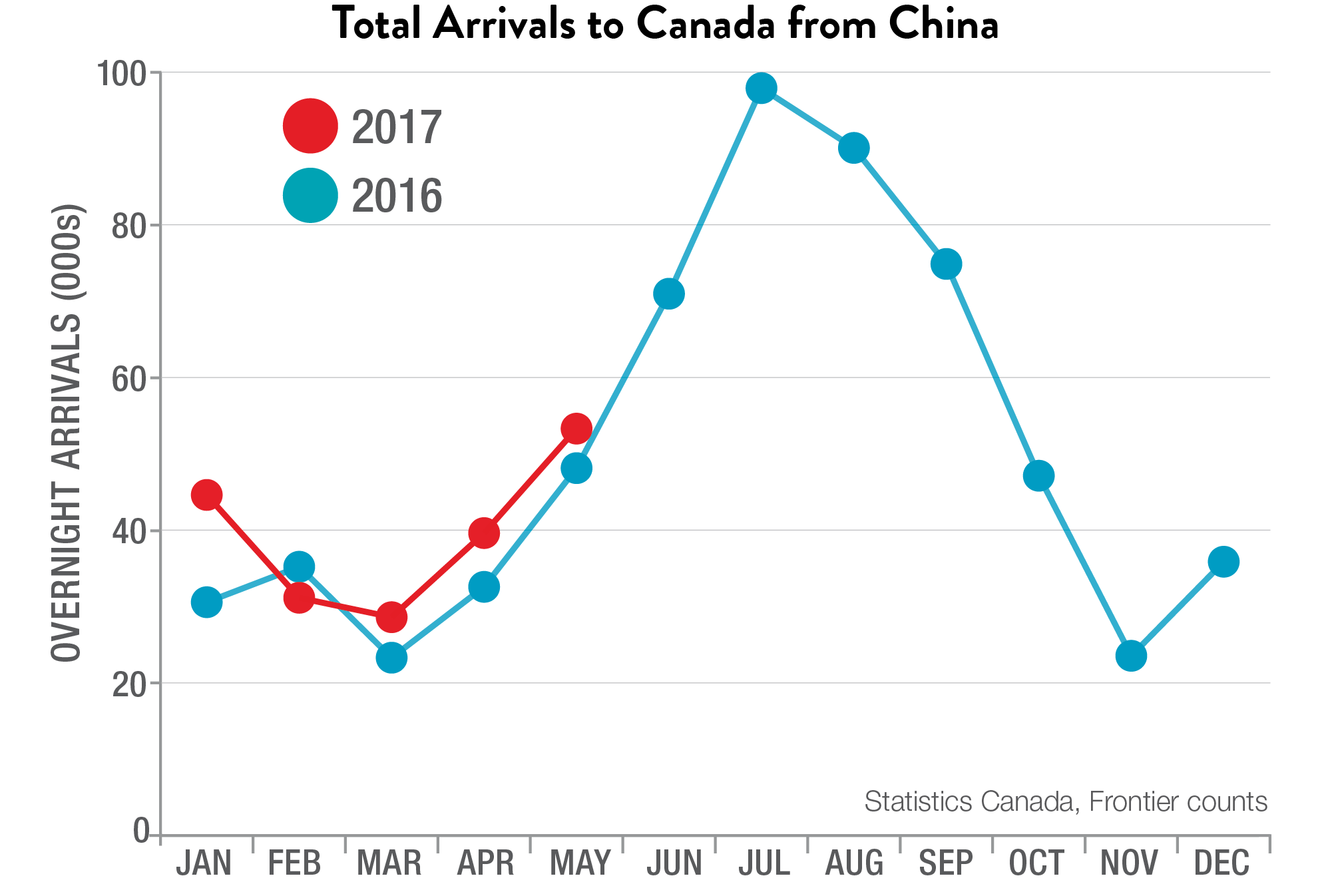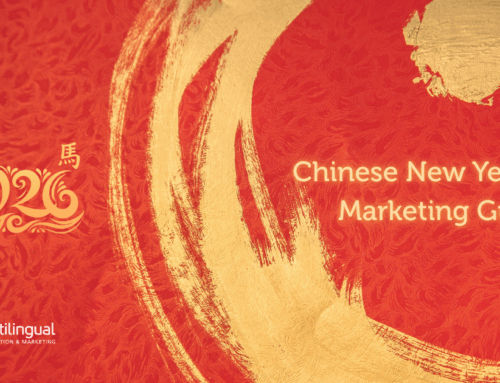The market is growing
Nearly 500,000 Chinese tourists visited Canada in 2015, and the number is expected to double by 2020. This will be further helped by new direct flights between China and Vancouver, Toronto, Calgary and Montreal.
Provincial tourism organizations work with travel agents and associations to build awareness of Canada, so businesses and destinations who make connections with Chinese travellers will be ahead of their competition.
They’re open to experience local culture
It’s more than group tours. You may know the stereotype of older Chinese travellers who arrive on buses, go on carefully planned group tours to major sites, and then move on. In reality, almost two-thirds of Chinese tourists come to Canada on their own, and are ready and open to experience local, authentic culture.
They’re young, educated, and they leave the kids at home. 65% of Chinese travellers to Canada are between 25 and 44 years of age, 57% have a university diploma, and over 90% arrive without children.
They want to see the sights
They’re here to see Canada’s beauty – both urban and natural. In fact, “seeing beautiful sights” is the activity Chinese tourists are most looking for — whether it’s by admiring fall colours at national and provincial parks, or going on whale-watching cruises.
Chinese tourists also want to see the best of the city including local restaurants, shops and parks.
They are ready and willing to spend
Chinese visitors are the second largest contributor of tourism dollars to the Canadian economy, and spending continues to grow each year. They’re looking for big-name brands, luxury items and local products, such as furs, aboriginal art and maple products.
They use online sources. 80% of Chinese use the internet to plan their trips. China has its own social media sites such as Weibo and WeChat, and many Western brands are building separate pages there.
China uses different payment systems, including WeChat and UnionPay. UnionPay has agreements to have its cards accepted at Interac machines, but 59% of Chinese travellers to Canada say that UnionPay is necessary, so if you want to get in on the action, you should offer these types of payment options.
A little effort goes a long way
Attracting Chinese tourists takes more than just translating your web site and brochures; it takes an effort to understand and connect with potential visitors. Knowing even a couple of words of Chinese or having a tea pot and slippers in hotel rooms can make a difference for guests.
Having a presence on a variety of channels like Weibo and WeChat is key, as Facebook and Twitter are not available in China. Having QR codes on your restaurant door, or a sticker highlighting that you accept UnionPay, will show that you are trying to connect on some level with Chinese tourists.
Finally, like with any other audience, create a unique story about your brand to share with travellers.

















